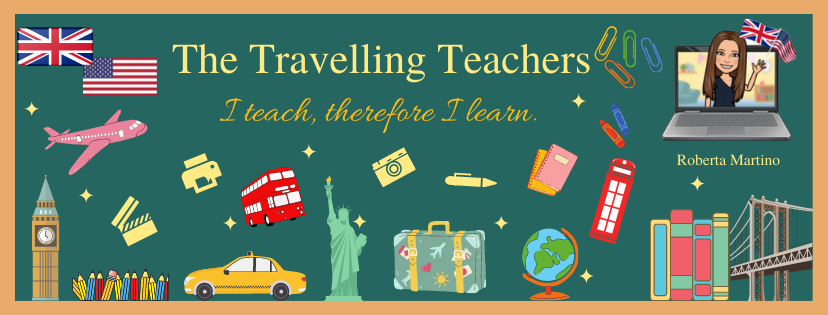In the late 19th century, people from
many parts of the world immigrated to the United States for different reasons:
famine, lack of jobs, rising taxes, or because they were politically or
religiously persecuted. In fact, U.S.A. was perceived as the land of freedom
and economic opportunity.
.jpg) At the beginning, the federal
government left immigration policy to individual states but then, it decided to regulate the increasing influx of immigrants. In
1890, the president Benjamin Harrison decided that Ellis Island, in New York
Harbor near the Statue of Liberty, would be a federal immigration station. It
was operational from 1892 to 1954, more than 12 million immigrants entered the
United States through “the golden door”.
At the beginning, the federal
government left immigration policy to individual states but then, it decided to regulate the increasing influx of immigrants. In
1890, the president Benjamin Harrison decided that Ellis Island, in New York
Harbor near the Statue of Liberty, would be a federal immigration station. It
was operational from 1892 to 1954, more than 12 million immigrants entered the
United States through “the golden door”.
In 1954 it was abandoned and it began
to decay rapidly. In 1965 President Johnson declared Ellis Island part of the
Statue of Liberty National Monument but only in the 1970s the Congress
allocated a sum to repair it. In 1976 Ellis Island was reopened to the public.
Today you can take a ferryboat
from Liberty Island and go on a one-hour guided tour retracing the steps of the
immigrants.
Surf my interactive Thinglink image and learn more.
Now surf the following sites to investigate
some aspects related to immigration.
Immigration to the USA
Immigration to the USA, 1851-1900
U.S. immigration before 1965
http://www.history.com/topics/u-s-immigration-before-1965
USA immigration problems
https://www.numbersusa.com/problems
The White House website about immigration (watch the video!)
http://www.whitehouse.gov/issues/immigration
STUDENTS' WRITING TASK
You are an immigrant at the beginning of the 20th century. Tell me why you are going to the USA, where you are from, which are your expectations. Describe your journey and what you felt when you first saw the "golden door" and "Lady Liberty".


.jpg)
.jpg)




.jpg)
.jpg)
.jpg)
.jpg)
.jpg)

.jpg)
.jpg)




